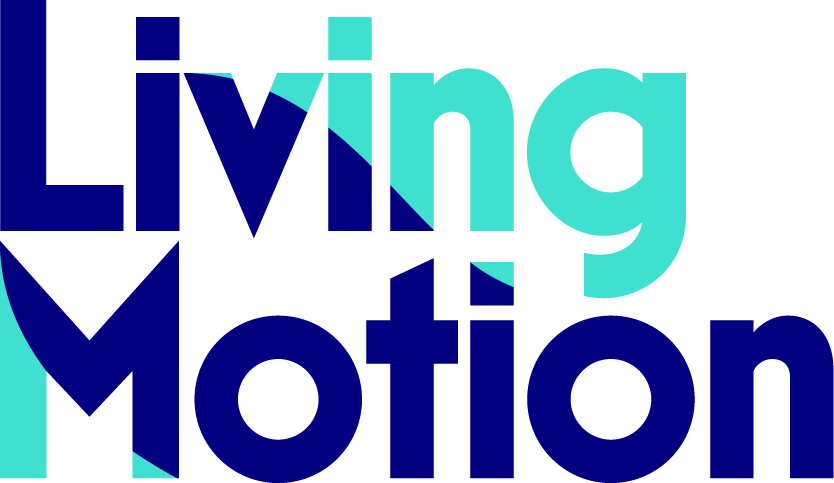
Balancing Agility and Structure in Maritime Innovation
What happens when 'get started now' meets 'First Time Right'?
Balancing Agility and Structure in Maritime Innovation
Turning frustration into flow—without losing your edge
Amy led a fast-moving team of engineers known for solving problems others wouldn’t touch. But as clients demanded more systematic processes, the team began to feel boxed in. This is the story of how they kept their speed, embraced structure, and turned compliance into a shared advantage.
Tags: Problem Solving • Better Collaboration • Systems Thinking • Cultural Change
The Challenge
Amy’s team thrived on action. The harder the problem, the faster they wanted to dive in. Welding, building, solving—it was a proud culture of doers.
Then came change: external safety regulations, client demands for ISO compliance, and the slow-but-steady arrival of systems engineers and environmental auditors. Suddenly, “start now” was no longer enough.
The team felt paralyzed by new layers of approval. Morale dipped. Frustration grew. And Amy found herself caught between pride in her team’s identity—and the need to adapt.
Our Approach
Rather than framing this as a “compliance problem,” we explored the cultural dilemma: a high-performing team with pride in action, now being asked to slow down and think more systematically.
We began with deep conversations across roles—engineers, safety officers, managers—to surface tensions and find areas of mutual respect. Together, we redefined what “First Time Right” could look like without killing momentum.
We then worked in mixed-role sessions, using real projects to test new practices and workflows—often supported by visual tools and structured analysis frameworks.
Key Moments
Cultural storytelling: Engineers shared what hands-on work meant to them. System designers listened—and reciprocated.
Bridge-building sessions: Teams created shared models that combined engineering freedom with traceability and safety.
Tool integration: Younger designers helped embed new workflows into daily practice—making structure feel like support, not surveillance.
Shift in mindset: “Us vs. them” turned into collaborative ownership of process improvement.
Results
The team embraced systems thinking in a way that felt natural—not imposed.
Quality improved without slowing innovation.
Cross-functional collaboration became more fluid and less defensive.
Clients noticed faster turnaround and better documentation—boosting trust and repeat business.
“First Time Right’ makes sense—but it has to become part of your culture. We’ve learned how to keep our edge and work systematically.”
Ongoing Impact
Years later, Amy’s team continues to evolve. Legacy engineers now coach younger staff on speed and safety. Systems engineers are seen as partners, not barriers. The company continues to tackle hard problems—but now with a deeper toolbox and broader alignment.
“When structure works for you—not against you—it changes everything. We didn’t lose our culture. We expanded it.”
Facing cultural friction around change?
Let’s talk about how to evolve your systems without losing your soul.


